

An energy system in the shape of a fibonacci moves with limited losses. Hurricane Irene.

The mathematics of the golden ratio and of the Fibonacci sequence are intimately interconnected. The Fibonacci sequence is a recursive sequence, generated by adding the two previous numbers in the sequence.: 0, 1, 1, 2, 3, 5, 8, 13, 21, 34, 55, 89, 144, 233, 377, 610, 987…
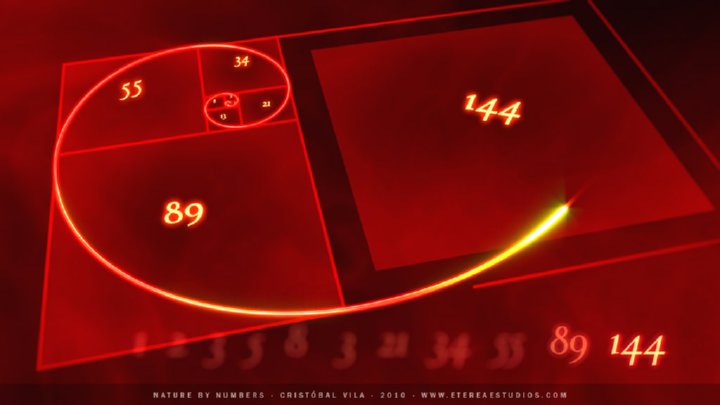
Here is a good video explanation from SciShow. He points out that plant sections, petals, and rows of seeds almost always count up to a Fibonacci number.

The fibonacci appears in the smallest, to the largest objects in nature. It is a way for information to flow in a very efficient manner. Here, a microscopic view of the ovary of an Anglerfish. Nikon’s It’s a Small World Competition.
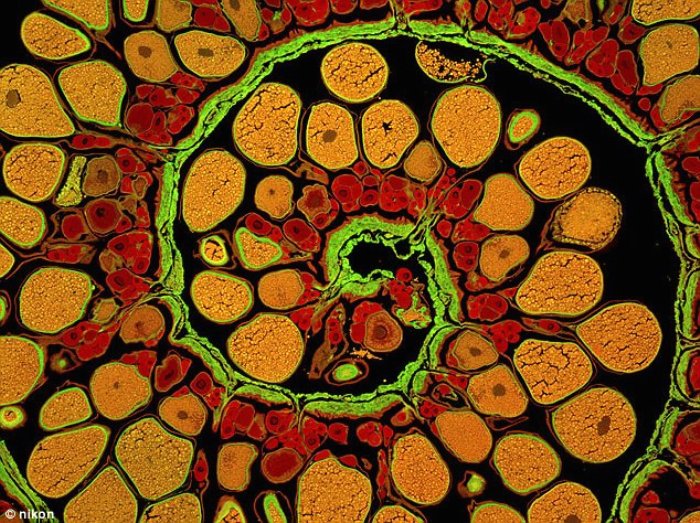
Spirals are the most common galaxy shape. Galaxies group together in superclusters and superclusters group together in walls. These walls or filaments of numerous superclusters, gravitationally-bound and separated by large areas of void, are the largest known structures in the universe.
The Milky Way’s dust obstructs us from seeing the depth of these filaments or sheets, so we do not yet know the exact shape of these walls. More information can be found at Space Telescope.
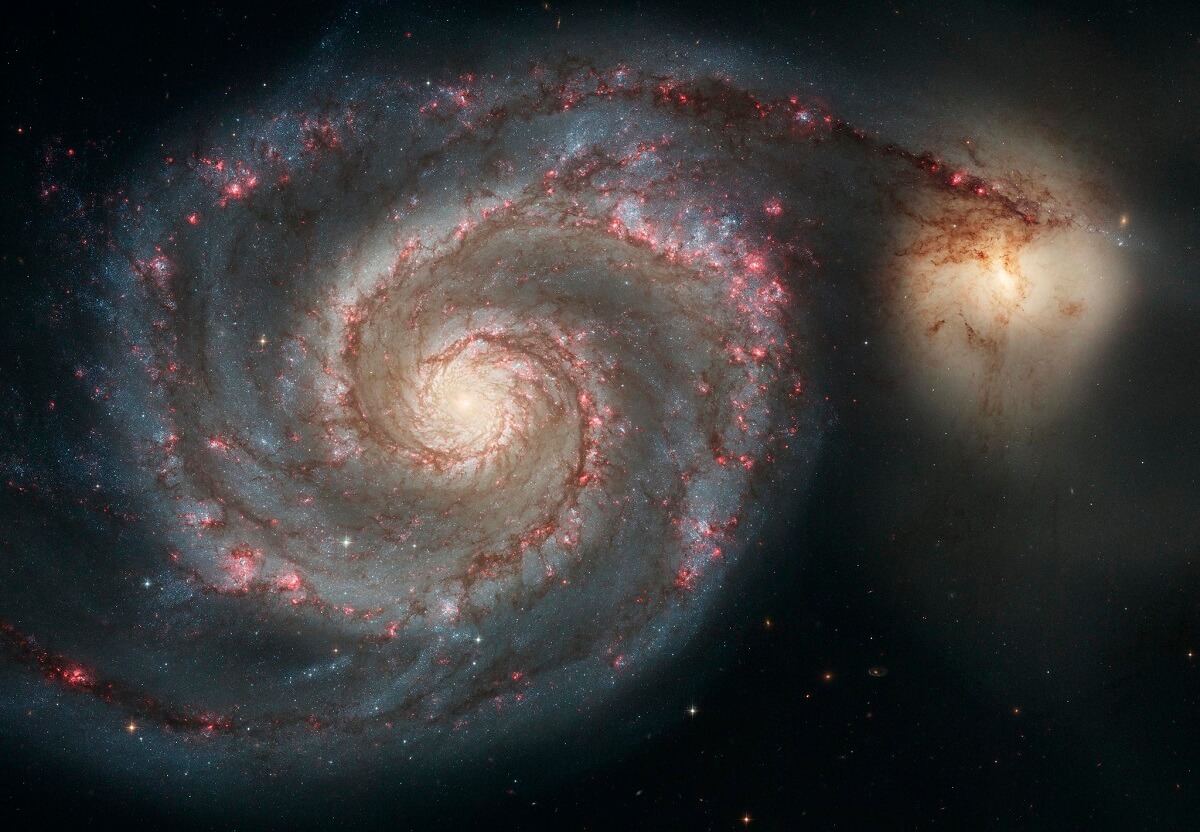
Cancer cell division. This composite confocal micrograph uses time-lapse microscopy to show a cancer cell (HeLa) undergoing cell division (mitosis). The DNA is shown in red, and the cell membrane is shown in cyan. The round cell in the centre has a diameter of 20 microns.

This is part 1 of three-part video series from “recreational mathematician” Vi Hart, explaining the mathematics behind the Fibonacci Sequence. Part 1 shows how you can draw the sequence and shows how it actually on pinecones and pineapples.

Fibonacci as starting point of life.
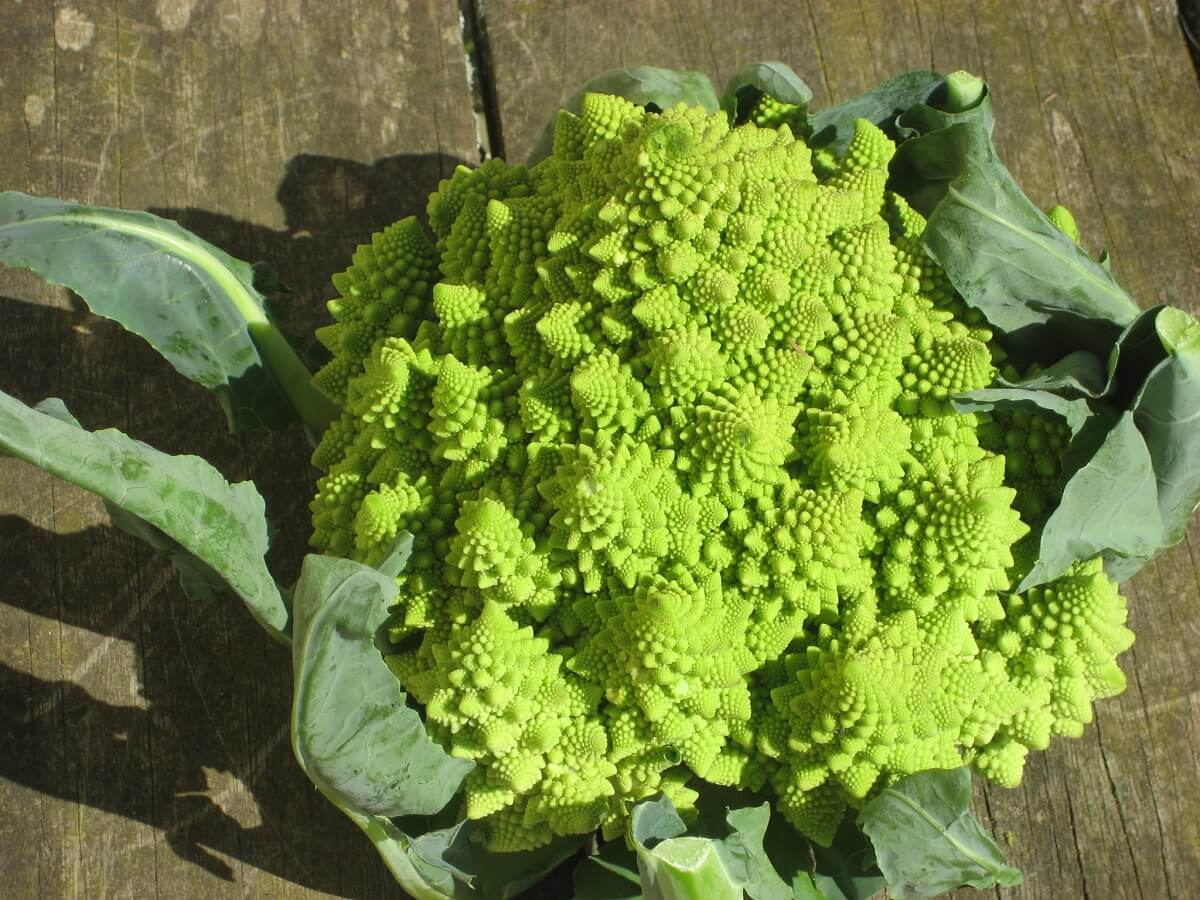
Romanesque broccoli is a striking example of the Fibonacci. Each nub is a Fibonacci spiral of its own.
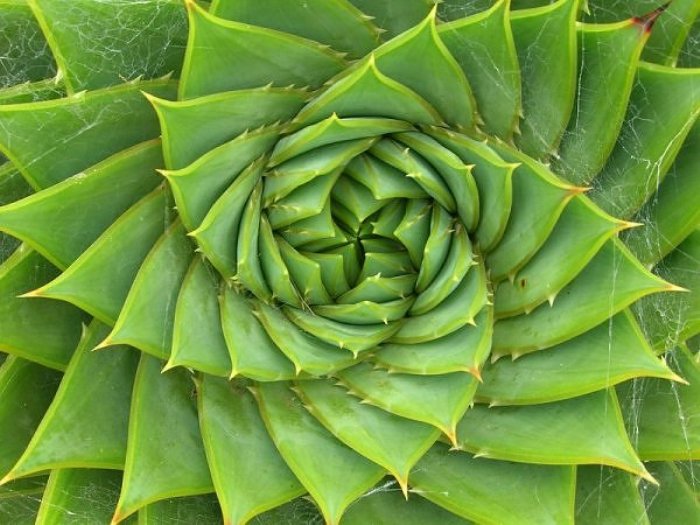
Spiral aloe. Numerous cactus display the Fibonacci spiral. You can see how each set of leaves spiral outward.

This pepper has grown into a Fibonacci Spiral.

Sunflower. The Fibonacci spiral is a little more subtle in this photo, but you can still see the spiral in the unopened disk florets.
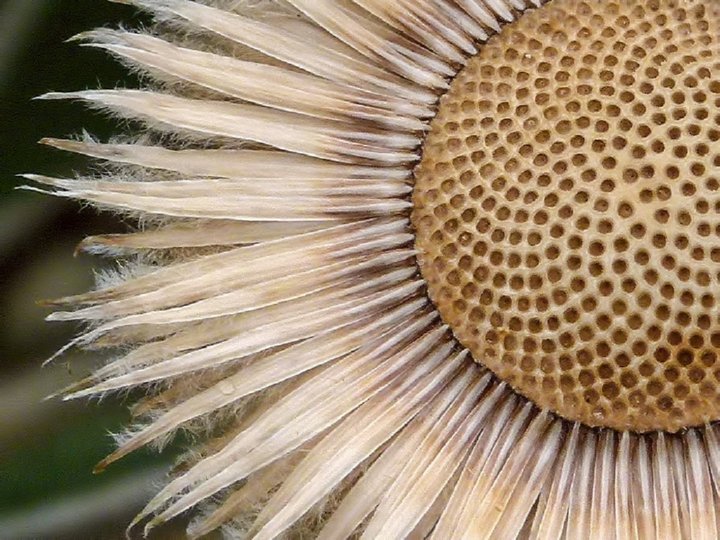
Marlborough Rock Daisy by Sid Mosdell. Again, the spiral is visible in the disk florets of the flower.
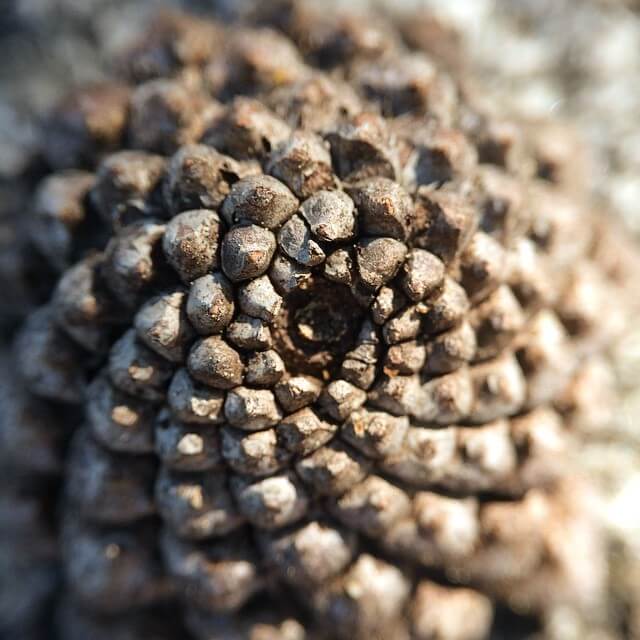
All pinecones display a Fibonacci sequence. The umbo on pinecones increases in size as you move outward, displaying a Fibonacci spiral.
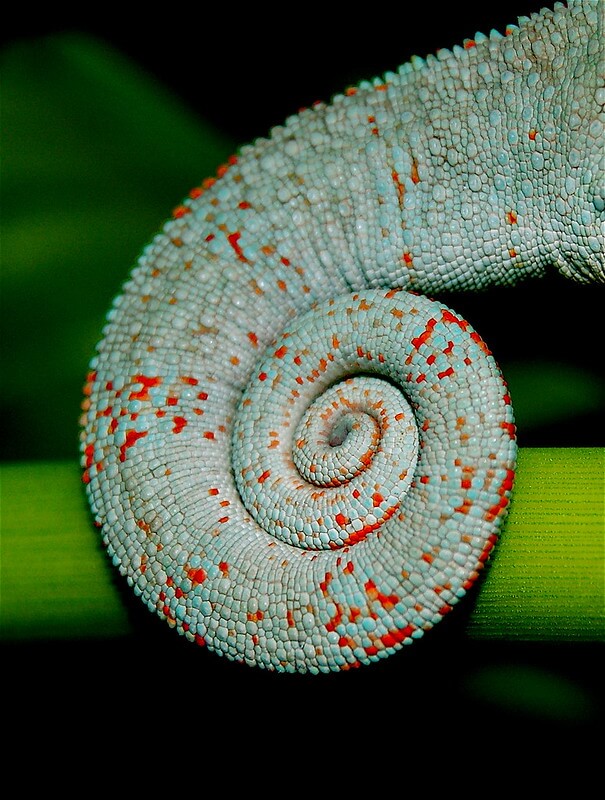
The tail of these creatures naturally curls into a Fibonacci spiral.

American giant millipede. The fibonacci is thought to be the design of least resistance.

A monarch caterpillar about to form a chrysalis.
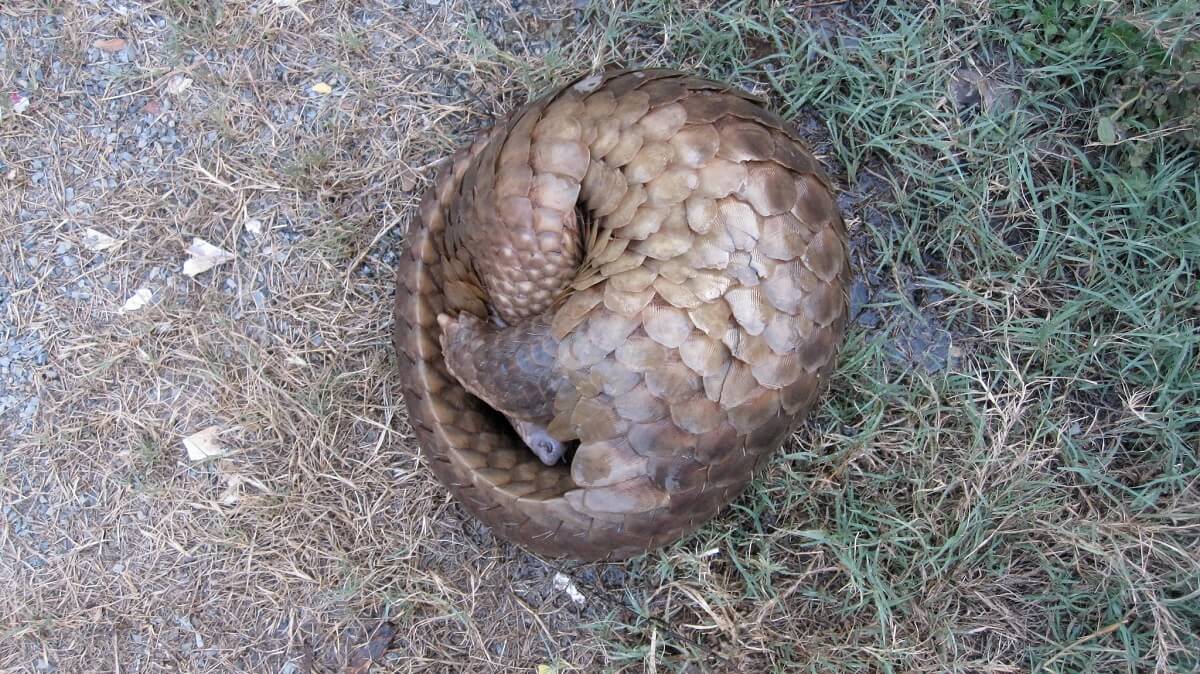
Fibonacci and armor = very safe. The Pangolin is able to protect its soft underbelly by forming a Fibonacci spiral.

This flower exhibits two Fibonacci spirals. You can faintly see how the spirals form from the center of the opened disk florets.
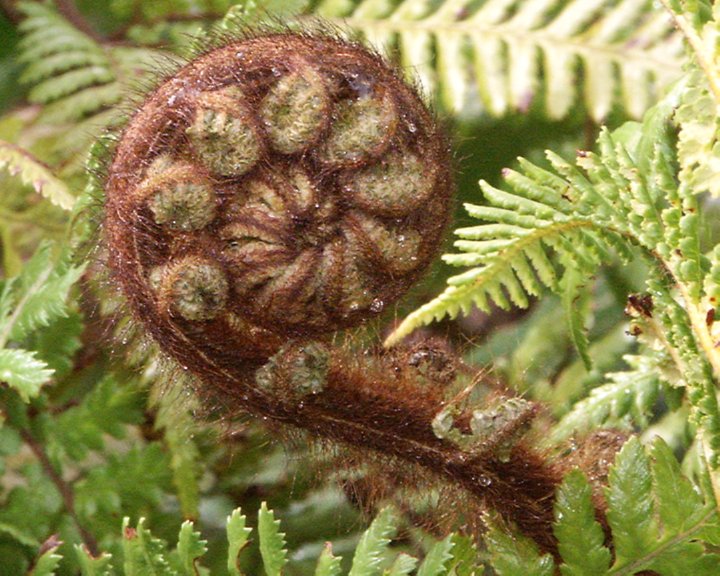
Fibonacci in spores. A fiddlehead or koru.
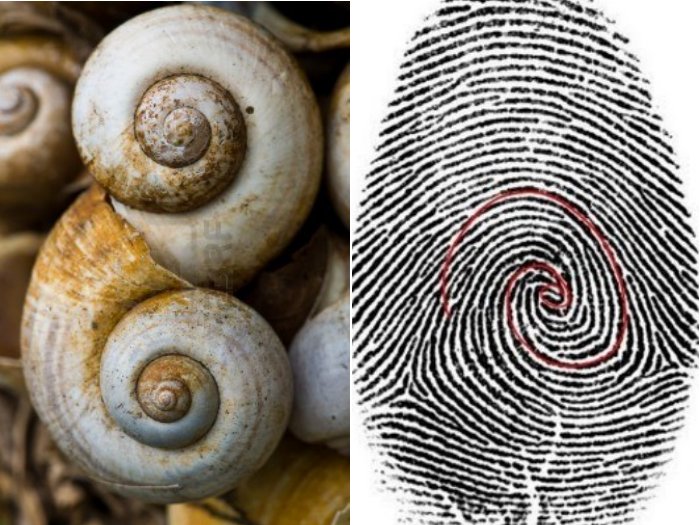
Snails and fingerprints. Images are from 123rf, and originally “artcatalyst.blogspot.com/2011/04/fibonacci-sequence-mathematics-nature.html” (respectively). Both have a distinct Fibonacci spiral.
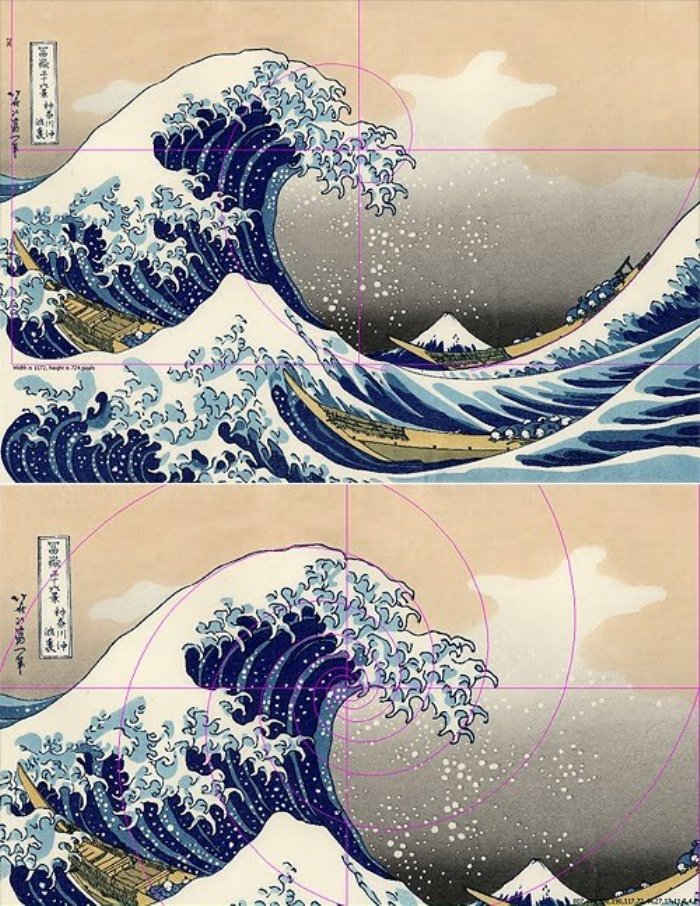
Fibonacci in “The Great Wave Off Kanagawa.” It seems even famous art can’t escape the Fibonacci sequence.
Photo originally found at “http://artcatalyst.blogspot.com/2011/04/fibonacci-sequence-mathematics-nature.html”

Water falls into the shape of a Fibonacci sequence during numerous events. Another example would be a vortex.

One blogger has applied the Fibonacci sequence to population density and land mass. In Africa the majority of highly populated cities fall on or close to where the spiral predicts.
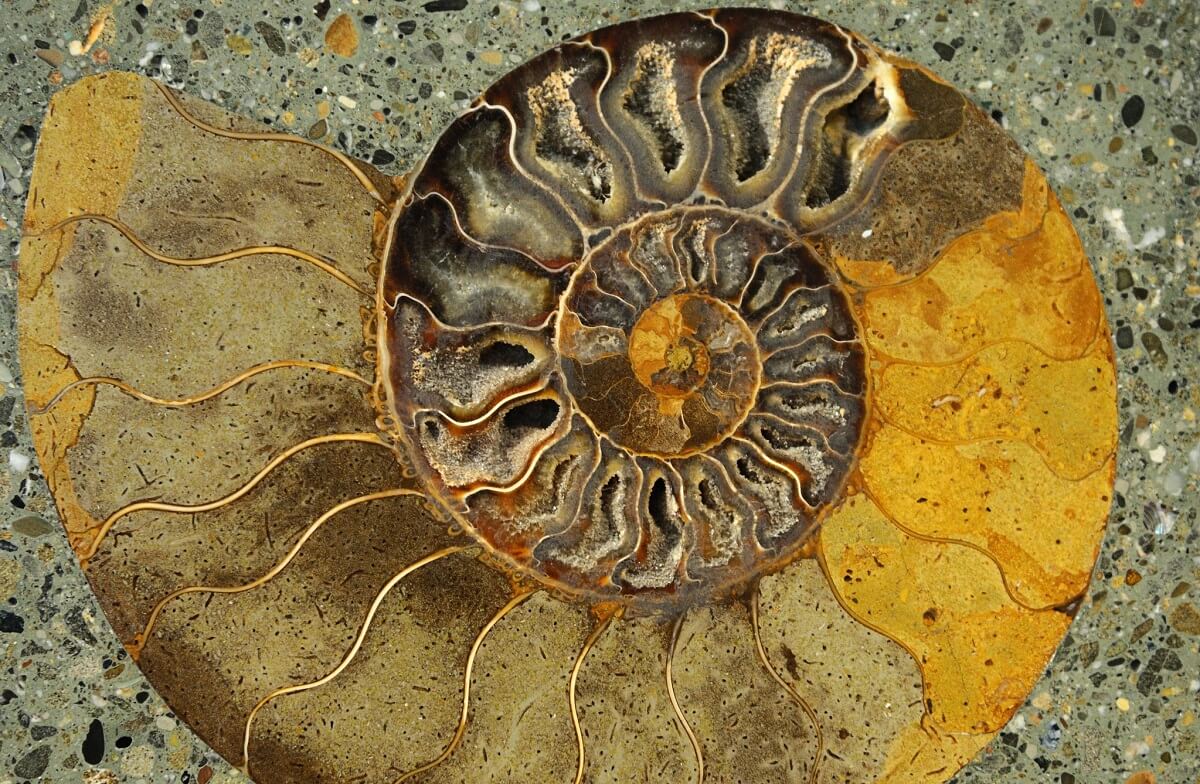
A Shell Fossil with the Fibonacci sequence. You can see as the shell grew, a Fibonacci spiral was formed.
The Fibonacci sequence is named after Leonardo of Pisa, who was known as Fibonacci. Though Fibonacci first introduced the sequence to the western world in 1202, it had been noted by Indian mathematicians as early as the sixth century.
The Fibonacci defines how the density of branches increases up a tree trunk, the arrangement of leaves on a stem, and how a pine cone’s scales are arranged. Yet you will not see the Fibonacci everywhere, as nature has many different methods and shades of survival.
These prints from Art.com can be printed at any size you like—they’ll frame them for you or you can print directly to canvas. We’ve had really good luck with their prints; shipping is fast and the prints are good quality. These start at around $25 each.

This is “The Great Wave,” by Katsushika Hokusai. A stunning example of the Fibonacci spiral in art.
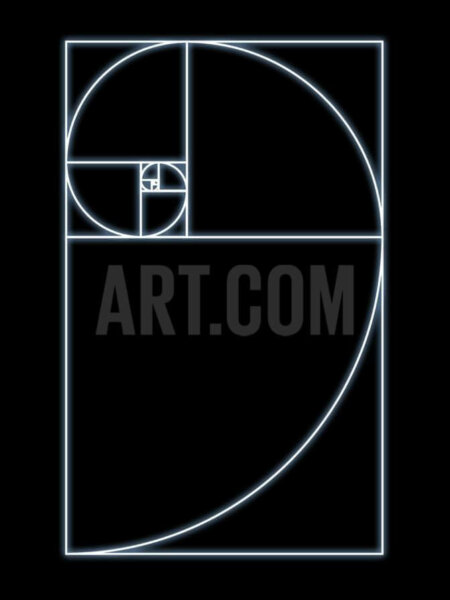
Fibonacci Spiral by Seymour. If you like a more simplistic look, this drawing of the Fibonacci spiral may be more your style.

Close-up of Nautilus Shell Spirals by Ellen Kamp. A natural depiction of the Fibonacci spiral, great for someone who enjoys math and nature.
Fascinating! A must watch!
Mathemagician Arthur Benjamin explores hidden properties of that weird and wonderful set of numbers, the Fibonacci series.
Check out this Custom Fibonacci Spiral Generator – chromatism.net
Keiren is an artist who lives in New York City. A lover of animals, nature, science & green building. Keiren originally founded Inspiration Green in 2007, which merged with Insteading in 2016.
We’re building a place for homesteaders to connect, share what works, and grow their skills. In the Insteading community you’ll find:
https://books.google.com/books?ei=h7koUdOFMYyq0AHG14CYBA&id=Qq4gAAAAMAAJ&dq=jay+hambidge&jtp=12 https://books.google.com/books?ei=h7koUdOFMYyq0AHG14CYBA&id=Qq4gAAAAMAAJ&dq=jay+hambidge&jtp=17 (note reference to eleventh proposition of the second book of Euclid) Jay Hambidge in the 1920s described ‘Dynamic Symmetry’ and the ‘Whirling Square’ being found in the Greek vase, the Parthenon, and in nature (like the shell and the sunflower head). The Dover reprint cover has an unfortunate, misleading illustration of static symmetry.
another example of the glory and wonder of our God! That is simply amazing… I don’t know what else to say!
are these things fibonacci sequence or fbonacci number or are they the same? i like fibonacciVery very interesting facts I have ever read or seen through photos. Thank you very much for sharing with us.
cHU WANNA GO HOMES? @Anonymous below me: lET’S FOOKIN GO M8 @Anonymous below me: No u this didnt help nope nope nope nope nope nope nope nope Hi I’m Nerd 2 Lame I wanted to kill my self after. this is so FibonacciSo funny there’s 2 key elements were missing to start creation the Fibonacci sequence and the heart from there it’s up to you figure out what I mean but I promise it’s always moving and it’s not water but it’s entire evolution it stays under water what is it?
Hello, very nice article! I have a question regarding copyright of one of the pictures above. In particular, I would like to use the first picture of the nautilus shell in the article in my PhD thesis. Unfortunately, the reference http://www.fantasticforwards.com/the-magnificent-nautilus-shell is not available anymore. Am I allowed to use this picture and as a reference I would use the online-resource. Best,
Daniel
The Fibonacci sequence is insignificant on its own. Why is it common in nature? Now that’s a more interesting question. It cannot be denied that it is observed in nature but for some reason, it is difficult to comprehend its importance. We observe it but we cannot quantify of give meaning to it using equations in physics. We use patterns to describe nature and if we look hard enough, we can even create a mathematical equation for the pattern. This does not mean that the pattern follows the equation. It’s the other way around, the equation follows the pattern. The equations we use to describe the patterns are mental constructs, it’s all in our mind. We create these mental constructs to make sense of what we see. Nature can work fine without the equations. As our understanding grows, so is the need to come up with new and more powerful equations to describe the universe, e.g. from Newtonian Mechanics to General Relativity. The Fibonacci sequence is an outcome of a process of nature which is waiting to be discovered. There is no clear understanding on how the process works but it may have something to do with the “Minimum Energy” of a system. One way to give a physical meaning or to find a scientific importance of this sequence is to derive an equation that describes a physical phenomenon which includes this sequence and then use the same information to describe other phenomenon. “Physical concepts are free creations of the human mind, and are not, however it may seem, uniquely determined by the external world.” — Albert Einstein Refer to the below link for a physical application of the Fibonacci sequence. https://liberabaci.net/
The Fibonacci sequence as seen throughout nature is the result of the intelligent design or pattern by the divine Creator.